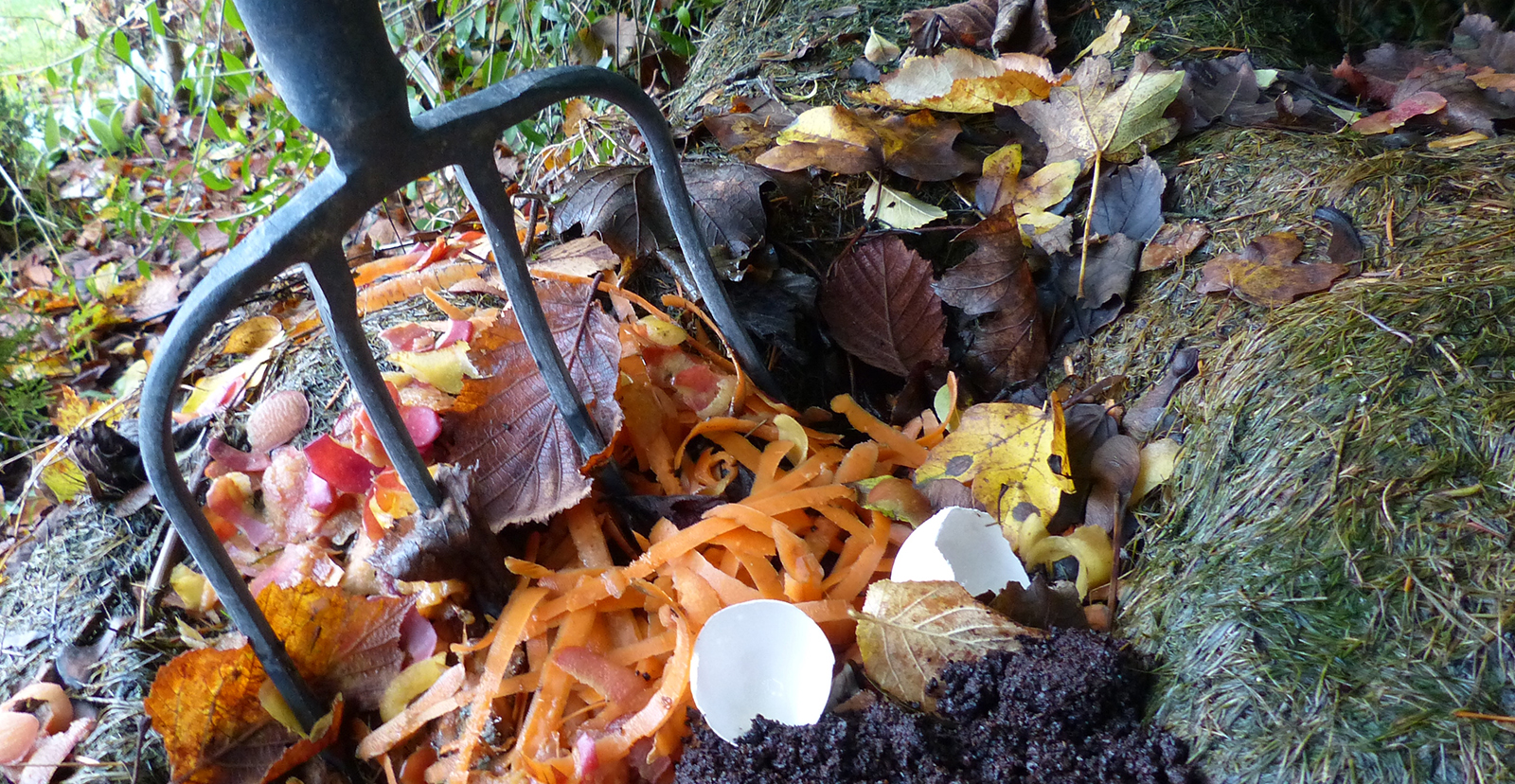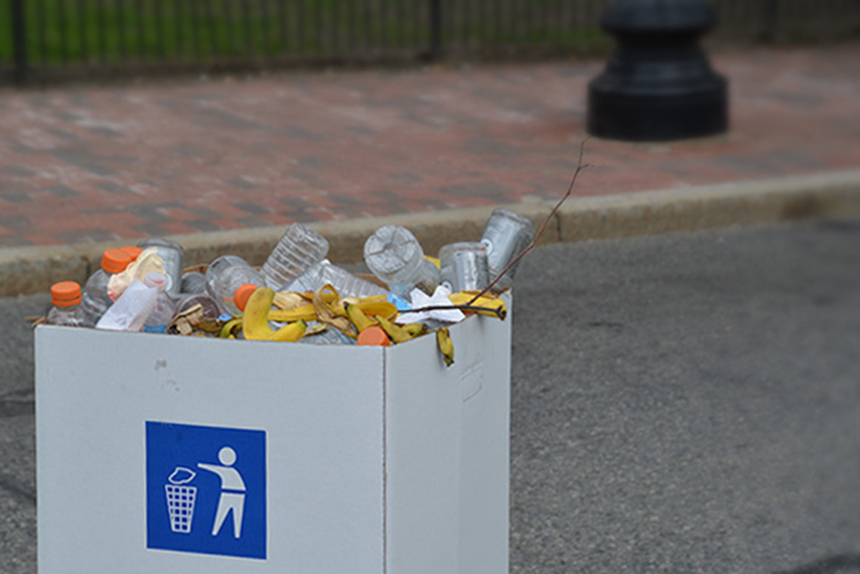Burning Desire: What Goes On at an Incinerator
February 28, 2012
PRESTON, Conn. — Last year, Rep. Jon Brien, D-Woonsocket, proposed overturning Rhode Island’s ban on waste incineration, to build what is known as a waste-to-energy or energy-from-waste facility in Woonsocket, and to reclassify the energy produced as renewable, which would allow that energy to be assessed within mandated renewable energy targets.
The environmental advocacy community and the renewable energy business sector oppose the idea. Environmental advocates cited the removal and subsequent landfilling of the bottom ash and fly ash from the incinerator, air and water quality issues related to emissions and stormwater runoff, and leaching toxins from landfilled incineration residue as cause for concern.
Companies that engineer, build and install wind turbines, solar panels and geothermal heating systems claimed that reclassifying the energy created from burning waste as renewable would seriously hamper the market for cleaner renewable energy sources.
Given the ongoing problems with odors at the Central Landfill — caused by a breakdown of methane-collection systems used to capture noxious off-gassing at the Johnston facilily — and now the problem of thousands of seagulls calling the state landfill home and creating a problem for airliners departing and landing at TF Green Airport, ecoRI News thought it would be a good time to take a look at how a modern energy-from-waste (EfW) power plant operates.
How it works in Preston
The most up-to-date facility — first fired in 1992 — in Greater Rhode Island sits in this Nutmeg State town of about 5,000, just a few miles from Mohegan Sun. The plant — owned and operated by Covanta Energy LLC, based in Morristown, N.J. — is known as a mass-burn waterwall boiler. Every part of the plant, including emission control, is redundant, that is, aside from the stack, there are two of everything to allow for the plant to continue to operate one side while the other is maintained.
The facility has a contract with 12 surrounding communities — total population of 218,764, according to Connecticut Department of Health estimates — to provide a portion of their waste as fuel to the power plant. The tip fee at the facility is $60 a ton for both municipalities and commercial waste haulers, and takes waste from a few other communities for $30 a ton — $2 less a ton than the current municipal tip fee at the Central Landfill — when those communities can’t landfill that waste.
An ecoRI reporter recently toured the facility with James Regan, Covanta’s corporate communications and media relations manager, Meg Morris, the company’s director of environmental science and community affairs, and facility manager John Vinson.
The beginning of the process at all waste-to-energy (WtE) facilities in the United States is a visual inspection of the waste as it is emptied onto the tipping floor, and this Covanta facility is no exception. Men in orange vests and hardhats rummage through the waste to remove undesirable materials such as appliances and large pieces of metal and plastic.
“We refuse loads on a pretty regular basis,” Vinson said. “Back when the paper market tanked, we’d sometimes refuse two or three loads a day because they had too much paper in them.”
Trucks aren’t allowed to leave the facility grounds until their load has been inspected by tipping-floor workers. “We remove appliances from the stream, drain oils and coolants, and remove metals of value before returning their hulls to the tipping floor,” Vinson said.
The waste is then pushed into a second area on the tipping floor, where the smell of garbage is negligible. There are huge exhaust fans over the boiler hoppers that create negative air pressure to draw the odorous air into the boiler, which is used as an oxygen source to fire the boilers, flaring off any volatile organic compounds and other gases that may be emanating from the waste.
The next step in the process is the mixing of the fuel/waste. This is done by a large claw crane operated by a control booth well above the tipping-room floor. The crane operator picks up a load and slowly disperses it over the second tier of the floor, mixing the material and allowing for a second visual inspection. Any large undesirable materials that the first inspections missed — or were too large to be removed by hand — are removed with the crane before moving the trash to the hoppers that feed fuel into the boilers.
Once the waste reaches the hopper, the process is almost identical to any coal-fired power plant in the world. A hydraulic ram feeds the trash from the bottom of the hopper into the boiler. The ram retracts, and a large steel door closes off the hopper area. At this point, the waste is ignited using either electricity or natural gas — and the aforementioned smelly air from the tipping floor — and is moved on a grate over a series of burners. As the trash burns, a water tank at the top of the 8-story boiler is heated to create steam, which is used to spin a turbine that creates electricity.
The plant operates seven days a week, burning about 265,000 tons of trash a year, and generates about 26 megawatts of energy annually — a little more than 1 megawatt per 10,000 tons of trash. The plant operates completely off the grid, and the remaining power — about 18 megawatts — is sold back to the grid. If the average home uses 900 kilowatt-hours of electricity a month, this facility powers about 15,000 homes a year, according to company officials.
After the waste has been combusted, the bottom ash is moved out of the boiler by augers to a conveyor belt that runs under a drum magnet, which removes any remaining ferrous metals from the ash. Though the facility doesn’t currently have an eddy current separator to remove non-ferrous metals, most of Covanta’s other EfW facilities do have this technology.
“Nationwide, Covanta removes 400,000 tons of ferrous metals and 15,000 tons of non-ferrous metals from bottom ash annually,” Regan said. “That’s enough to build five Golden Gate bridges and manufacture one billion aluminum cans.”
The company’s Wareham, Mass., facility removes about a thousand dollars’ worth of loose change from the ash daily, according to Morris. “People are literally throwing money away on the Cape, to the tune of $365,000 a year,” she said.
Environmental controls
Controlling gaseous emissions from the plant is done by state-of-the-art equipment, according to Vinson. “We are vigorously monitored by the U.S. Environmental Protection Agency,” he said, “and since 1992 (the year the plant was built) we’ve invested tens of millions of dollars in improving and upgrading our emissions controls.”
Those controls include an active carbon filter that removes mercury, a lime slurry injector that removes carbon, a urea injector that removes nitrogen compounds, and a series of six “bag rooms” containing 1,290 filter bags — think of them like your vacuum cleaner’s filter on steroids — that remove the fly ash from vapors. It’s called fly ash because, if released into the air, this lighter ash stays airborne.
At the end of the emission control process, the major output from the stack is steam, according to Vinson, and compared to fossil-fuel-fired plants and the transportation sector, much lower rates and volumes of particulate matter, and toxic and greenhouse gas emissions.
“On average, total emissions from this particular plant are about 30 percent lower than (the federal) Clean Air Act mandates,” Vinson said, “and some individual emissions are up to 90 percent lower than mandated guidelines.”
The leachate from the plant is tested annually for toxins, carcinogens, and the nitrogen and phosphorous that can cause major problems for watersheds, according to company officials.
All of these systems are monitored by computer and by closed-circuit cameras 24 hours a day in the plant’s control room. “We have to constantly monitor moisture content of the fuel, boiler temperature and emissions,” said control room operator Don Simon. “Even with emissions that have a 24-hour window, we make sure that we’re on target hourly.”
Emission regulations from the Environmental Protection Agency (EPA) typically run in 4- to 24-hour windows.
After the process, the remaining ash is about 90 percent reduced in volume and about 70 percent reduced in weight. The fly and bottom ash are mixed and put into an ash landfill that is a few miles away from the plant. Because of the lime slurry that is injected into the vapor recovery system, the ashes turn into concrete after landfilling, diminishing the chance of toxic leaching.
The emission control systems on modern EfW plants are the major investment for communities that are considering alternatives to landfilling solid waste, and a major investment it is. Covanta is currently building a facility in Canada that will burn about 165,000 tons of solid waste a year, and will cost a whopping $250 million when completed.
Categories
Join the Discussion
View CommentsRecent Comments
Leave a Reply
Your support keeps our reporters on the environmental beat.
Reader support is at the core of our nonprofit news model. Together, we can keep the environment in the headlines.
We use cookies to improve your experience and deliver personalized content. View Cookie Settings




Originally I wrote that the volume of ash from the Covanta SECONN facility was reduced 70 percent in volume, and 90 percent in weight. I had my numbers flip-flopped. I also originally wrote that the Covanta facility in Canada would cost $302 million. The actual estimate is $250 million. The $302 million figure was for expansion of their Honolulu, HI facility.
All the numbers in this article have been corrected.
Sorry for any confusion.
check your numbers on tons of trash per megawatt
Initially, I wrote that the plant generates 1 megawatt per 5 tons of trash. That number is more like 1 MW per 10,000 tons. The correction has been made.
Thanks, Greg. It's a good thing I'm a writer and not a math teacher.
How much water is used in the process and how is it discharged and at what temperature?
Roland,
In response to your question, John Vinson, Covanta SECONN Faclity Manager, emailed this:
"The SECONN facility is a zero water discharge facility meaning that any water used in our process is continually reused so that we minimize the draw from potable water supplies. It also means that we capture and reuse any storm water on the facility grounds and utilize sumps, drains and a storm water detention basin to accomplish this.
Specific to your question on ash, we use storm water from the facility grounds to quench the ash after combustion before it is sent to an ash landfill. This water is made up of recycled, non-potable water collected from sumps and drains located around the facility. The water quantity for this process is not measured for volume or temperature primarily because it is constantly recycled back into our process.
Storm water that is collected in our detention basin is also used in our pollution control system, specifically the scrubber. For this process we use approximately 25 gallons per minute total of this recycled storm water. We do measure the volume in this case as the scrubber requires a specific flow rate."
-Dave Fisher
Hmm, let's see…disposes of trash efficiently with no odor, creates electricity, non-polluting, and run by a private company at no cost to the community beyond tipping fees.
NO WONDER Rhode Island is against this type of setup!